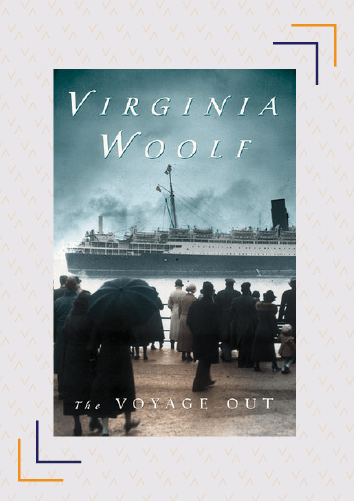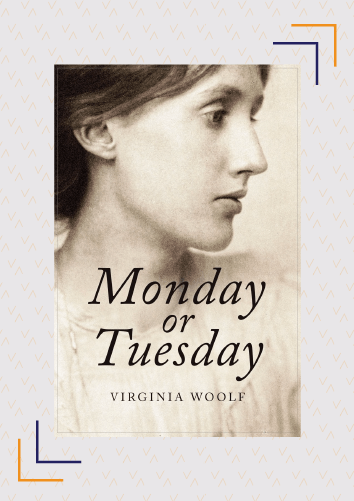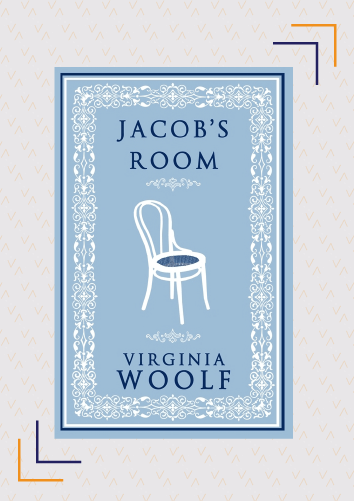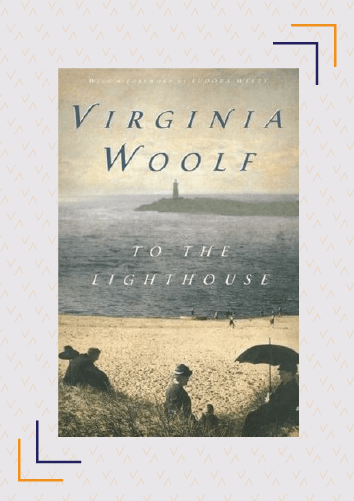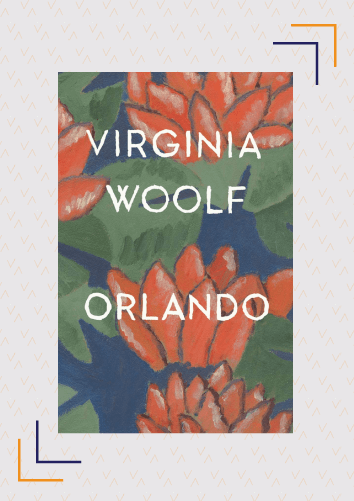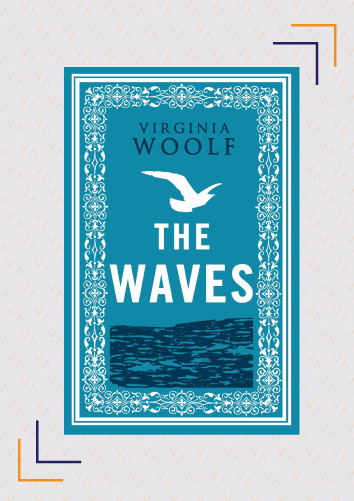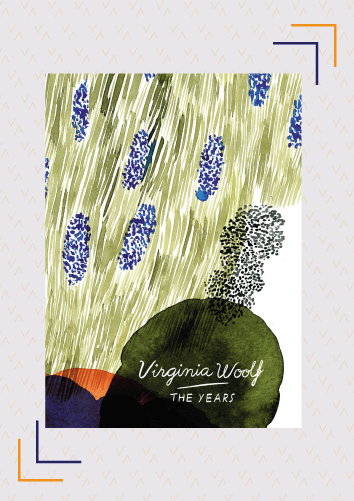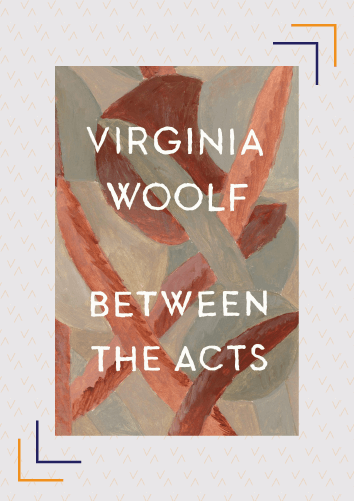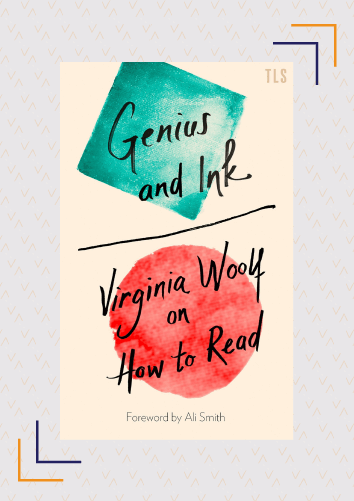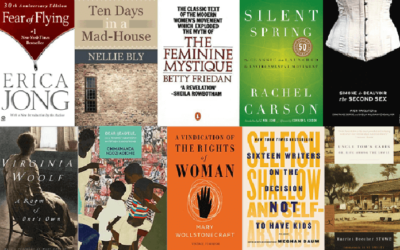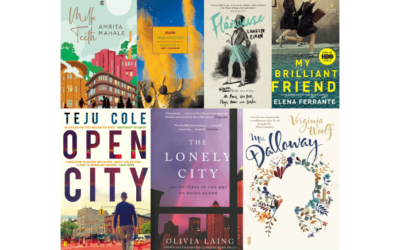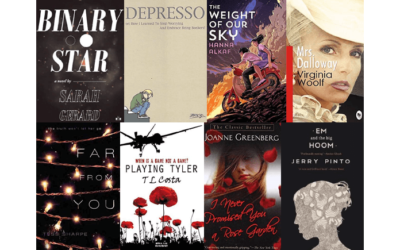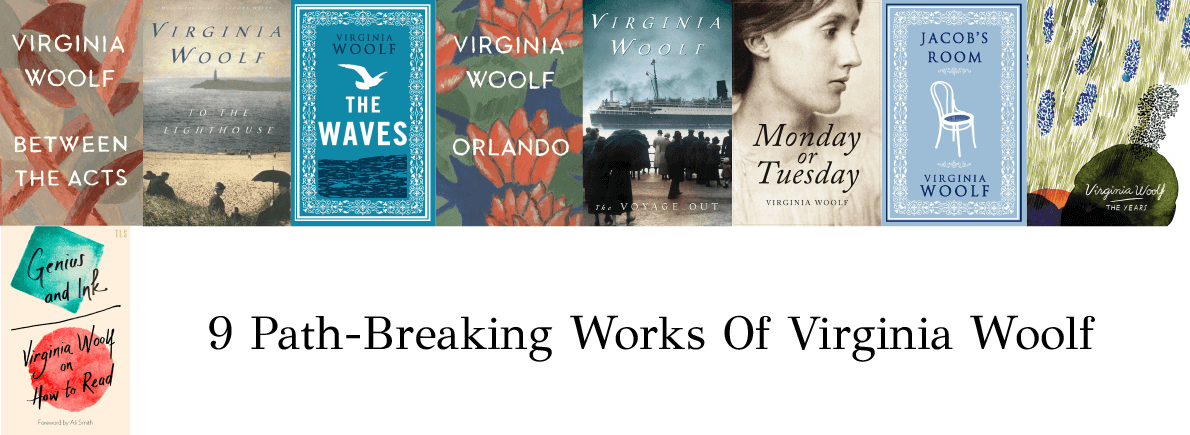
Virginia Woolf’s path-breaking body of work has shaped and defined the modernist novel and the novel form as we know it today. Writing at a time when World War I had deeply impacted the world and the way authors viewed it, she chose to break away from the realist tradition of novel-writing that followed set conventions such as linear time, and a fixed plot that has a clear introduction, conflict and resolution. She employed the stream of consciousness technique to voice the internal feelings of her characters, thereby allowing them to move back and forth in time. Her landmark novel, Mrs. Dalloway, and her essay, ‘A Room Of One’s Own’, reflect her thoughts at a time when men were mainly responsible for literary output.
As we celebrate the 95th publication anniversary of Woolf’s Mrs. Dalloway, we trace the development of her works and her use of unconventional techniques and subjects to write the modernist novel through the books on this list.
01
The Voyage Out (1915)
Virginia Woolf’s debut novel tells the story of Rachel Vinrace, a young and innocent Englishwoman, who undertakes a voyage to South America on the Euphrosyne. In the novel, Woolf explores the inner workings of free-spirited Rachel’s mind as she falls passionately in love with an aspiring writer, Terence Hewitt. Interestingly, Rachel meets a Mrs. Dalloway on the boat – a character who features in Woolf’s Mrs. Dalloway, published a decade later. The Voyage Out shows an impatience with the lack of curiosity shown in the way a conventional novel was written. Additionally, Woolf’s exploration of the female mind marks the beginning of her fascination with portraying the hidden complexities in ordinary things that don’t appear to be otherwise problematic.
Buy it here.
02
Monday Or Tuesday (1921)
This slim volume of short stories was self-published by Virginia Woolf and her husband through their own publishing company, the Hogarth Press. The volume includes the short stories ‘A Haunted House’ and ‘An Unwritten Novel’. These short stories were a turning point in Woolf’s development in creating the modernist novel, thereby ushering in a new kind of fiction, leading her towards her next novel, Jacob’s Room. The titular short story, ‘Monday Or Tuesday’ is just two pages long, and explores the experiences of an average day of the inhabitants of the village or town, a form that Woolf would explore further in Mrs Dalloway. Through this short story, Woolf demonstrates the futility of looking for an honest representation of the world in one’s writing.
Buy it here.
03
Jacob’s Room (1922)
As the novel fluidly moves back and forth in time and narration, we are introduced to Jacob Flanders, a young man in London in 1914 when Europe is on the brink of a war. We learn about his evolving character from adolescence to adulthood through letters from his mother, conversations with friends, and the thoughts of the women who adore him. With an experimental approach to time, reality, memory and desire in this novel, Virginia Woolf marks a powerful departure from the traditional form of the novel, and moves towards describing the reality of life’s experiences. Although the novel’s plot follows the arch of a bildungsroman, the novel itself breaks the notion that we can truly understand the characters that we are reading about.
Buy it here.
04
To The Lighthouse (1927)
To The Lighthouse is Virginia Woolf’s most successful example of the stream of consciousness technique. Divided into three sections, the novel revolves around various members of the Ramsay family, with the consciousness shifting from one character to another. What might seem like the ordinary plot of a family venturing to the lighthouse in a boat is actually Woolf’s complex psychological experiment of showing multiple perspectives and viewpoints, and the different approaches men and women have to the same everyday experiences.
Buy it here.
05
Orlando: A Biography (1928)
Orlando’s journey begins as a young man living in Knole, the great house in Kent. Spread over three centuries of English history, the novel has Orlando being named as an ambassador to Constantinople and rewarded with a dukedom during the reign of Charles II. After sleeping with a dancer one night, Orlando wakes up seven days later as a beautiful woman and discovers how restricted her freedom is and how cumbersome the clothes she must wear can be. On seeing his transformed for the first time, however, Orlando remarks, ‘Different sex. Same person’. Considered to be first trans novel in the English language, Orlando broke stereotypes when it was published. Virginia Woolf plays on fact, fiction, reality and history by calling this a biography when it is, actually, a novel. By doing this, she satirises the genre of biographies.
Buy it here.
06
The Waves (1931)
The Waves is often considered to be Virginia Woolf’s most abstract and experimental novel, therefore making it harder to read The novel brings together a colloquy of voices that portrays the intertwined lives of six friends. The novel is divided into nine sections with each corresponding to a particular time of the day that is symbolically connected to a particular period in the lives of each of the characters. The novel is told in the form of a series of soliloquies with each section beginning with a minute detail on the course the symbolic day will follow. Woolf uses the stream of consciousness technique to create recurring patterns in order to show multiple yet parallel lives. As she moves from one consciousness to another, she rhythmically shows us the passage of time and the cycle of nature.
Buy it here.
07
The Years (1937)
The Years was the last novel published by Virginia Woolf in her lifetime. It follows the fortunes of the Pargiters, an upper middle-class family living in London. Seemingly a family saga, the novel appears almost conventional in form, with an omnipresent narrator describing the rooms in the family house, the surrounding sights and sounds, and a detailed description of the weather in London. Woolf hardly touches the characters, barely giving them life and never letting them take shape fully. A blend of her most unconventional novel (The Waves) and her most conventional (Night And Day), The Years reads like a wrapping up of affairs, a departure, written four years before Woolf ended her life.
Buy it here.
08
Between The Acts (1941)
Published posthumously, Between The Acts was the last novel written by Virginia Woolf and was set against the backdrop of World War II in Europe. Spread across a single day, the novel focusses on the village pageant, organised and written by Miss La Trobe and taking place in the Pointz Hall, the family home of the Olivers. Woolf uses the pageant play’s troupe to showcase all of history versus a single period in history. The novel assembles various actors, villagers, family members and merges the past with the present. It also highlights the silences present within the hustle and noise of the village pageant. Despite the comic elements created due to the setting of the pageant, the novel brings out the fragmentation of art and a shifting consciousness from one character to another.
Buy it here.
09
Genius And Ink: Virginia Woolf On How To Read (2019)
Genius And Ink, a recent publication, is a compilation of some of Virginia Woolf’s best essays and reviews that were originally published in the Times Literary Supplement. Here, Woolf reflects on and critiques authors who went on to become a part of canon like Charlotte Brontë, George Eliot and Joseph Conrad. Through the collection you see Woolf as the critical reader, musing over great literature. As you go through the essays, you can see how her approach towards literature evolved and note the development of her thoughts at a time when the novel form was still changing. The collection has an introduction by Ali Smith that perfectly contextualises Woolf’s style and the development of her thought process.
Buy it here.

Rhea has completed her Masters in English at SNDT Women’s University. Her key research interests are post-colonial studies, mainly focussing on women’s narratives and their experience of citizenship. Her other interests are Dalit literature in translation. She also sings in a choir.
Rhea is the social media manager at The Curious Reader. Read her articles here.

